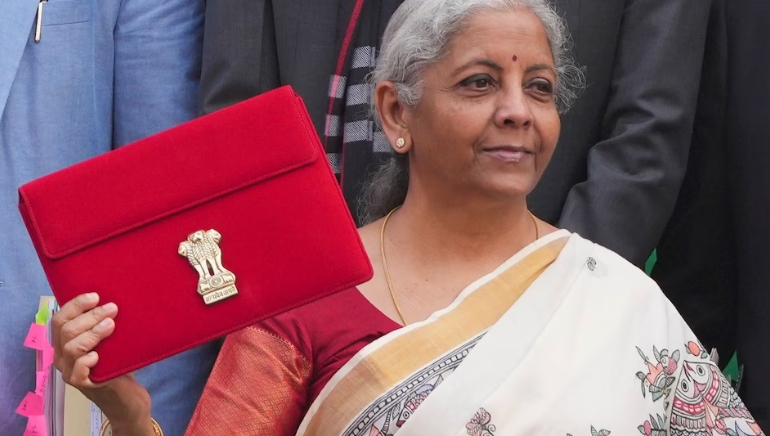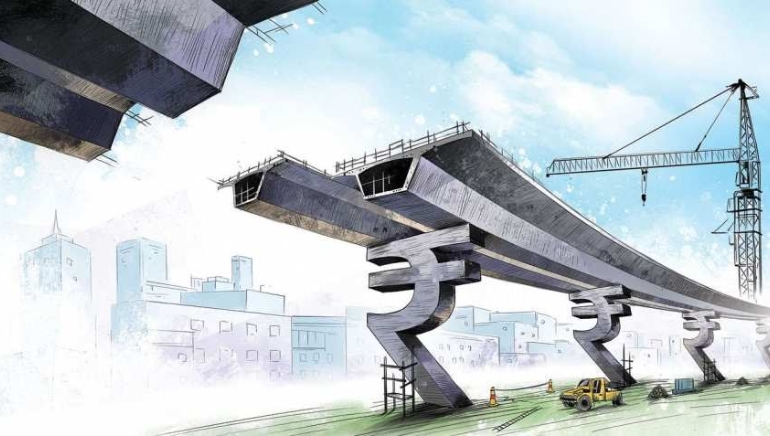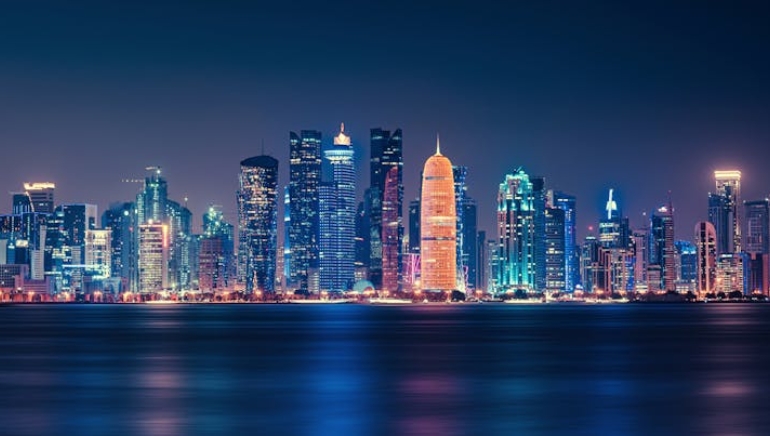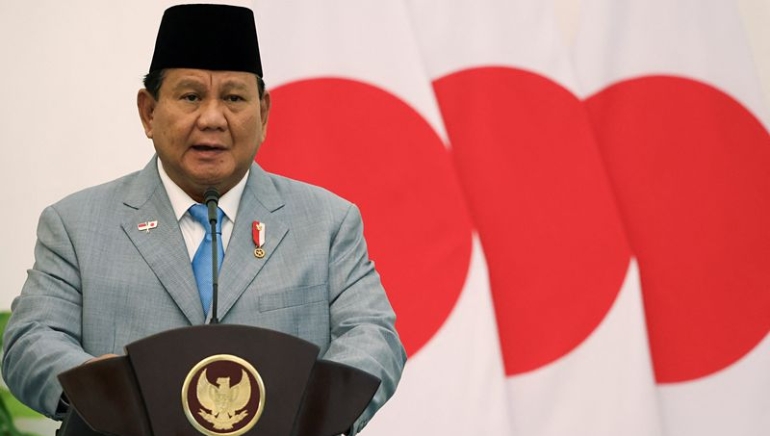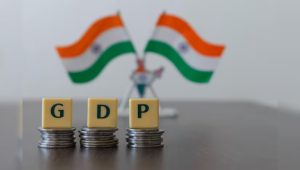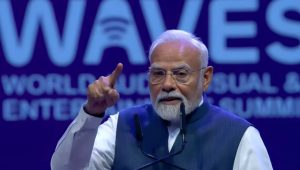The Union Finance Minister’s Budget 2025 speech on February 1 included a major tax overhaul with the new Income Tax Bill. The most notable reform is the entire exemption from income tax for earnings up to ₹12 lakh. Income tax rates have been altered, with the highest rate only applied to people earning more than ₹30 lakh yearly. These reforms are projected to dramatically reduce the tax burden for middle-class people.
Another critical step is to rationalise the tax deduction and collection rates and thresholds. The TDS exemption threshold for mutual funds is now ₹10,000, up from ₹5,000. Senior citizens would also benefit from the raised TDS threshold on interest income from bank savings.
Indirect tax reforms have streamlined tariff structures by eliminating seven tariff rates and leaving only eight. This is expected to increase compliance and revenue. The Budget also emphasises the government’s commitment to clean energy, with the establishment of the Nuclear Energy Mission, which aims to generate 100 GW of nuclear power by 2047.
On the fiscal front, the revised fiscal deficit for FY25 is expected to be 4.8%, followed by 4.4% in FY26.





